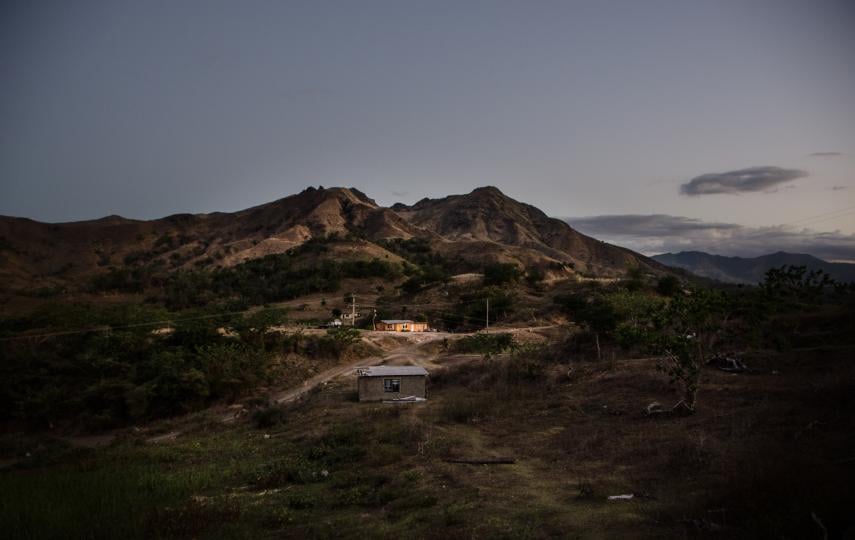The first powerful storm of the South Pacific’s cyclone season could reach Fiji by Thursday, sparking warnings of damaging winds and severe flooding.
Cyclone Yasa is projected to intensify and strike parts of Fiji with wind speeds that may reach 230 kilometres per hour – potentially a Category 5 storm. Such powerful winds can cause “widespread destruction” and “total damage to crops and vegetation”, the country’s meteorological office says, on top of damage from floods, landslides, and storm surge.
“We should all prepare now,” Fiji’s prime minister, Frank Bainimarama, warned on Tuesday.
A weaker Category 1 storm, Cyclone Zazu, is already hitting parts of Tonga to the east with high winds.
In Fiji, Cyclone Yasa is drawing comparisons to April’s Cyclone Harold, which rapidly intensified before battering parts of the country as well as northern Vanuatu.
Harold was an early test case for disaster preparedness and response during the coronavirus pandemic, forcing last-minute evacuations as COVID-19 fears were ramping up.
Fiji and other Pacific nations have relatively few coronavirus cases. But the long distances and closed borders that have helped to avoid outbreaks also complicate disaster responses. In Vanuatu, some isolated communities went weeks without aid after Cyclone Harold.
The South Pacific cyclone season usually starts in November and ends in April. The region’s meteorologists are projecting an average storm season, with up to six storms strong enough to be named, and up to three severe cyclones.
Globally, climate change is expected to make storms more intense and unpredictable. They could also be more damaging, moving at a slower pace, packing heavier rains, and intensifying rapidly – as has been the case during this year’s record-breaking Atlantic hurricane season.
The jury is still out on Cyclone Yasa. But in the space of 24 hours between Monday and Tuesday, it intensified from a Category 1 storm to a Category 4, and Fiji’s forecasters expect it to strengthen further by the time it approaches land on Thursday.
il/ag






